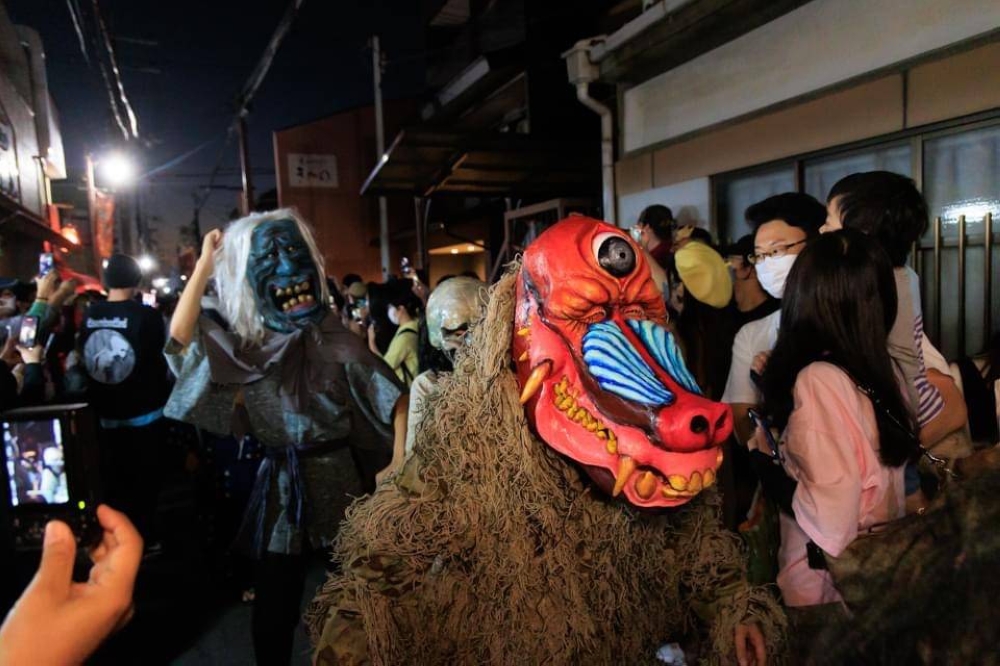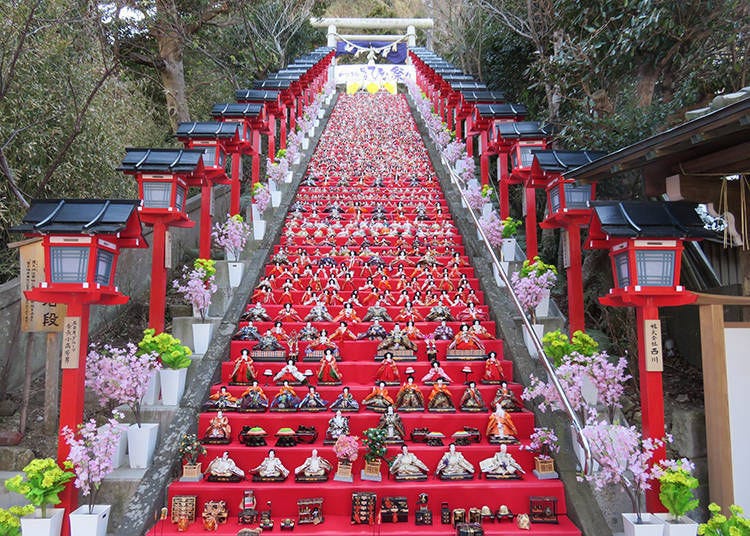Kyoto is home to some of the most captivating cultural experiences in Japan, and its traditional festivals continue to attract global attention for their beauty, history, and deep spiritual roots. The top ten must see cultural festivals in Kyoto offer an unforgettable journey into the heart of Japanese heritage. From ancient processions in stunning traditional attire to mesmerizing dance performances and seasonal rituals, each festival provides a unique glimpse into centuries-old customs that remain vibrant today.
These events are not just local celebrations; they are national treasures that highlight the cultural richness of Kyoto. Whether it is the grandeur of Gion Matsuri, the solemn elegance of Aoi Matsuri, or the fiery excitement of Kurama Fire Festival, each festival blends spiritual symbolism with artistic displays that leave a lasting impression. Travelers and culture seekers who plan their visit around these festivals are rewarded with rare insights into the traditional values and communal spirit that define Kyoto.
The Top Ten Must-See Cultural Festivals In Kyoto
10. Miyako Odori (Autumn Geisha Dance Showcase)

Miyako Odori is a mesmerizing classical dance performance presented each spring by geiko and maiko of Gion Higashi. At Gion Kaikan theatre, a series of themed dance acts unfolds over several weeks in April. Seasonal motifs, poetic music and graceful choreography evoke centuries‑old tradition. Audiences enter a serene space where stage lighting transforms folding screens and kimono into a visual tapestry. Every move reflects years of disciplined training under master instructors. Beyond pure entertainment this festival offers insight into Kyoto’s refined cultural legacy. Visitors witness geiko and maiko performing fan dances, traditional chants and instrumental accompaniment in an intimate setting. The atmosphere is elevated by the presence of the highly esteemed geisha community and the heritage of their arts, making Miyako Odori one of the most elegant traditional events in Kyoto. It is a subtle yet powerful representation of Japanese aesthetic sensibility, blending ritual, performance and history into a single experience.
9. Seiryu‑e Dragon Festival at Kiyomizu‑dera

Held annually in spring and autumn around April and September inner temple grounds at Kiyomizu‑dera come alive with a dragon procession. A massive blue dragon floats through temple paths accompanied by music, dancers and ceremonial bearers in Heian style costume. The blue serpent is said to guard Kyoto, symbolizing protection, renewal and connection to Buddhist lore. As daylight shifts into evening the dragon weaves among historic architecture, drawing both locals and travelers into its mythical narrative. Seiryu‑e blends scenic temple setting with dynamic folklore performance and ritual choreography. It is both seasonal rite and dramatic storytelling. The procession begins at Okuno‑in and winds through the necropolis area before circling back. Whether arriving to enjoy cherry blossoms or autumn leaves, visitors find a deeply symbolic festival rooted in local tradition and scenic beauty.
8. Manto Matsuri Lantern Festival at Hirano Shrine

Each mid‑April sees Hirano Shrine lit by more than eight hundred flickering lanterns at the Manto Matsuri. As twilight falls, poetic waka recitations, noh theater excerpts and shrine dances are performed beneath glowing lanterns. Petals and greenery fill the shrine precincts, while priests engage in purification rites. The ambient hush of candlelight blends with gentle applause and soft chanting. Lanterns are each inscribed with wishes and poetry, casting patterns across temple gates and pathways. The event highlights the refined intersection of Shinto ritual and classical art. Manto Matsuri celebrates seasonal awakening through ritual storytelling and visual harmony. It is a more intimate festival setting where rituals unfold in shaded gardens and mossy courtyards. Visitors discover a poetic evening rhythm that mirrors Kyoto’s quiet elegance.
7. Hyakki Yagyō Night Parade of One Hundred Demons

This autumn festival revives Edo‑period folklore as participants traverse Kyoto streets dressed as yokai—monsters, demons and spirits from Japanese legend. Costumes range from the playful to the eerie, with lantern‑lit processions in temple precincts and pedestrian zones. The parade acts out mythical narratives, blending folk performances with theatrical pageantry. Music, storytelling and outdoor installations bring ancient ghost tales to modern audiences. Hyakki Yagyō offers a fun‑but‑fascinating look at mythic tradition, inviting spectators to engage with stories passed down through generations. It evokes a sense of mystery rooted in spiritual folklore. As dusk deepens, costumed figures reappear under street lamps, weaving between crowds who observe, snap photos, and share in the uncanny energy. The effect is theatrical yet respectful of cultural roots, making it one of Kyoto’s most unique traditional events.
6. Hinamatsuri Celebrations at Kyoto Temples

During early March, temples around Kyoto display elaborate doll sets and offer seasonal rituals for Girls’ Day. Tiered platforms showcase hina ningyo—court dolls dressed in Heian style—arranged with miniature household items. At historic temples these displays sit alongside tea ceremonies and spring rituals. Visitors can admire craftsmanship of kimono fabric, lacquerware and lacquered miniature furnishings. Chanting by monks, seasonal sweets and floral arrangements complement the display. While the national holiday takes place on March 3, Kyoto’s heritage venues often extend the celebration through mid‑March to capture cherry blossom season. The atmosphere feels reverent yet joyful, blending family tradition with public exhibition. Visitors learn about symbolic meanings—such as dolls representing protection from misfortune—and experience the elegance of Japanese ritual. This festival highlights Kyoto’s ability to weave seasonal celebration into artistic tradition.
5. Gozan no Okuribi Five Mountain Fires

On August 16 each year giant bonfires blaze atop five mountains surrounding Kyoto, signaling the close of Obon. Beginning at 8 pm the character “大” appears first on Daimonji mountain, followed by shapes such as a boat, shrine gate and Buddhist symbols on nearby summits. Each fire is lit in sequence and lasts roughly thirty minutes. The glowing symbols reflect across the night sky, visible throughout the city from riverbanks, rooftops and vantage points in Nakagyo ward. Locals and visitors gather quietly, watching as ancestral spirits return to the spirit world. The ritual is powerful, ceremonial and visually striking. Planning vantage points in advance is common as crowds form along Kamogawa River or city parks. Gozan no Okuribi balances grandeur with solemn rhythm, offering a dramatic finale to summer and a deeply rooted spiritual tradition.
4. Aoi Matsuri Hollyhock Festival

On May 15, a regal procession departs from Kyoto Imperial Palace and travels north through the city to Shimogamo and Kamigamo Shrines. Approximately five hundred participants don Heian period court attire, including the central Saio‑Dai, wearing a twelve‑layered silk robe and carried in a palanquin. The parade includes mounted messengers, ox carts, dancing attendants and musicians. Hollyhock leaves are worn to symbolize protection and connection to ancient shrine worship. Ceremonies at each shrine include offerings and purification rites led by shrine priests and the imperial messenger. The festival traces back fourteen centuries and is rooted in agricultural prayers and imperial ritual. Aoi Matsuri remains one of Kyoto’s three major annual festivals, celebrated for its imperial aesthetics and ceremonial depth. The slow, dignified march through spring‑blooming landscapes offers a window into courtly tradition and seasonal celebration.
3. Jidai Matsuri Festival of the Ages

Each October 22, Kyoto stages Jidai Matsuri—a two‑kilometre procession of around two thousand people dressed in authentic costuming from eight different historical periods. The parade begins at Kyoto Imperial Palace and ends at Heian Shrine. Portable shrines carry the spirits of Emperor Kanmu and Emperor Komei, followed by groups dressed as court nobles, samurai, commoners, warriors and imperial retainers. The event commemorates the founding of Heian‑kyō in 794 and Celebrate Kyoto’s long history. Each costume reflects careful research by Kyoto artisans, using traditional textiles and hand‑crafted accessories. Drums, flutes and gagaku music accompany the march, heightening the atmosphere of living history. The procession passes through busy streets lined with standing viewers, many arriving early to follow specific period groups. Jidai Matsuri is a storytelling spectacle rooted in national identity, offering vivid insight into Kyoto’s place in Japanese heritage.
2. Kurama Fire Festival (Kurama no Hi Matsuri)

Celebrated every year on October 22, the Kurama Fire Festival stands out as one of Kyoto’s most visually intense and spiritually significant traditional events. Taking place in the quiet mountain village of Kurama, just north of Kyoto city, this dramatic night festival centers on fire rituals and ancient Shinto beliefs. The streets are lit by hundreds of pine torches as local men, dressed in loincloths and straw sandals, chant and march through narrow pathways with flames held high. Some of the torches can weigh up to 80 kilograms, creating a breathtaking spectacle that draws both awe and respect.
The festival honors the enshrinement of a deity at Yuki Shrine and symbolizes the guiding of spirits with fire. The energy is both primal and reverent, with massive bonfires, ceremonial chants, and the occasional crackling fire sending sparks into the dark autumn sky. Local houses hang lanterns at their entrances while families and visitors gather along the procession route to witness the powerful ritual unfold.
The Kurama Fire Festival offers a rare chance to see Japan’s spiritual connection with nature and fire in its rawest form. It is a must see cultural festival in Kyoto for those looking to experience intensity, tradition, and sacred mountain mysticism in one unforgettable night.
1. Gion Matsuri (Grand Pageantry & Ritual Unity)

At the pinnacle stands the full Gion Matsuri festival. It is not only a festival but a month‑long celebration of purification, artistry and collective spirit. Along with the spectacular Yamaboko Junko floats, Yoiyama nights and mikoshi processions, this festival transforms central Kyoto into a living heritage event. Community guilds build and maintain floats year‑round while local families display heirloom artifacts in Byobu Matsuri. Street food vendors offer yakitori, mochi and okonomiyaki while visitors walk in elegant yukata. The festival fosters a strong sense of belonging and continuity; neighbors meet, artisans display skills, and traditional music fills the air. Having endured wars, epidemics and modern disruptions, it has returned to full strength, drawing large crowds and preserving centuries‑old ritual. The combination of spectacular float parades, night festivities and communal participation makes this festival the ultimate way to experience Kyoto’s living culture.






